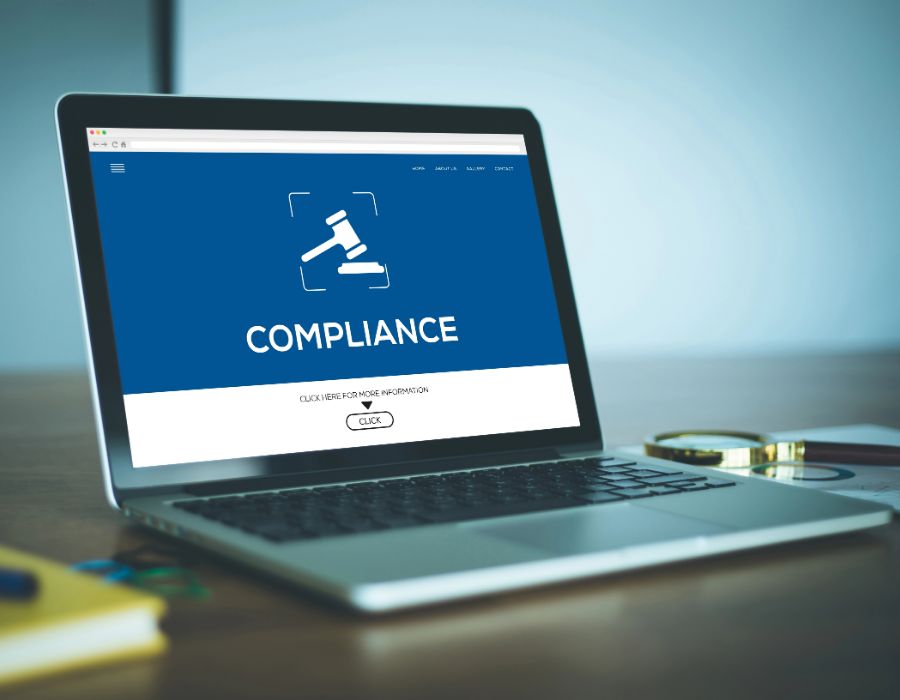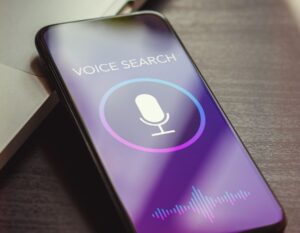The Importance of Website Accessibility for All Users
In today’s digital age, having a website is essential for any business. However, simply having a website isn’t enough—it needs to be accessible to everyone. Website accessibility ensures that people of all abilities, including those with disabilities, can navigate, interact with, and benefit from the content on your site. It’s not just a legal requirement in many regions but also a matter of inclusivity, improving user experience, and reaching a broader audience. At JPG Designs, we do our best to be mindful while building accessible websites and include an accessibility statement for our clients, though some elements may require ongoing adjustments to meet full accessibility standards.
What is Website Accessibility?
Website accessibility refers to the practice of making websites usable by people with various disabilities, including those with visual, auditory, motor, or cognitive impairments. This can involve implementing features such as:
- Text descriptions for images for the visually impaired
- Subtitles or transcripts for audio and video content
- Keyboard-friendly navigation for those who can’t use a mouse
- Clean, simple layouts to reduce cognitive overload
Why Website Accessibility Matters
1. Legal Compliance
In many countries, including the United States, businesses are required by law to have accessible websites. The Americans with Disabilities Act (ADA) mandates that businesses, especially public-facing organizations, make their websites accessible to individuals with disabilities. Non-compliance can result in legal actions and penalties.
2. Increased Audience Reach
According to the World Health Organization, over 1 billion people live with some form of disability. By making your website accessible, you ensure that this large segment of the population can access and engage with your content, expanding your audience base and potential customer pool.
3. Improved SEO
Search engines favor websites that are optimized for all users. Many accessibility best practices, such as including alternative text for images and proper heading structure, align with SEO (Search Engine Optimization) best practices. This means that accessible websites often rank better in search engine results, helping attract more organic traffic.
4. Enhanced User Experience
Accessibility features improve the overall usability of your website. Features like clear navigation, legible text, and fast loading times make your website easier to use for everyone, not just people with disabilities. A better user experience often leads to higher engagement, increased time spent on the site, and better conversion rates.
5. Brand Reputation and Inclusivity
A website that prioritizes accessibility demonstrates that your business values inclusivity and cares about the needs of all users. This helps build trust, enhance your brand’s reputation, and strengthen relationships with your audience.
Key Steps to Improve Website Accessibility
At JPG Designs, we do our best to build websites that are accessible by incorporating important design features, and we include an accessibility statement on our client websites to show our commitment to this practice. However, it’s important to note that each element of a website sometimes requires ongoing fine-tuning to meet specific accessibility standards. Here are a few steps that can help:
- Use descriptive alt text for all images
This helps screen readers describe the images to visually impaired users. - Ensure keyboard navigation
Your website should be navigable via keyboard shortcuts, as some users cannot operate a mouse. - Provide text alternatives for multimedia.
Include captions and transcripts for videos, as well as audio descriptions when necessary. - Maintain proper color contras.t
Ensure text is easily readable by using contrasting colors for text and background. - Design with simplicity and clarity
A clear, intuitive layout minimizes confusion for users with cognitive disabilities.
Conclusion
Website accessibility is a key consideration for any business looking to create an inclusive online presence. While JPG Designs strives to build accessible websites, it’s important to recognize that full ADA compliance may require ongoing adjustments and improvements. By taking steps to make your site more accessible, you can reach a broader audience, improve user experience, and enhance your brand’s image, all while demonstrating your commitment to inclusivity.








